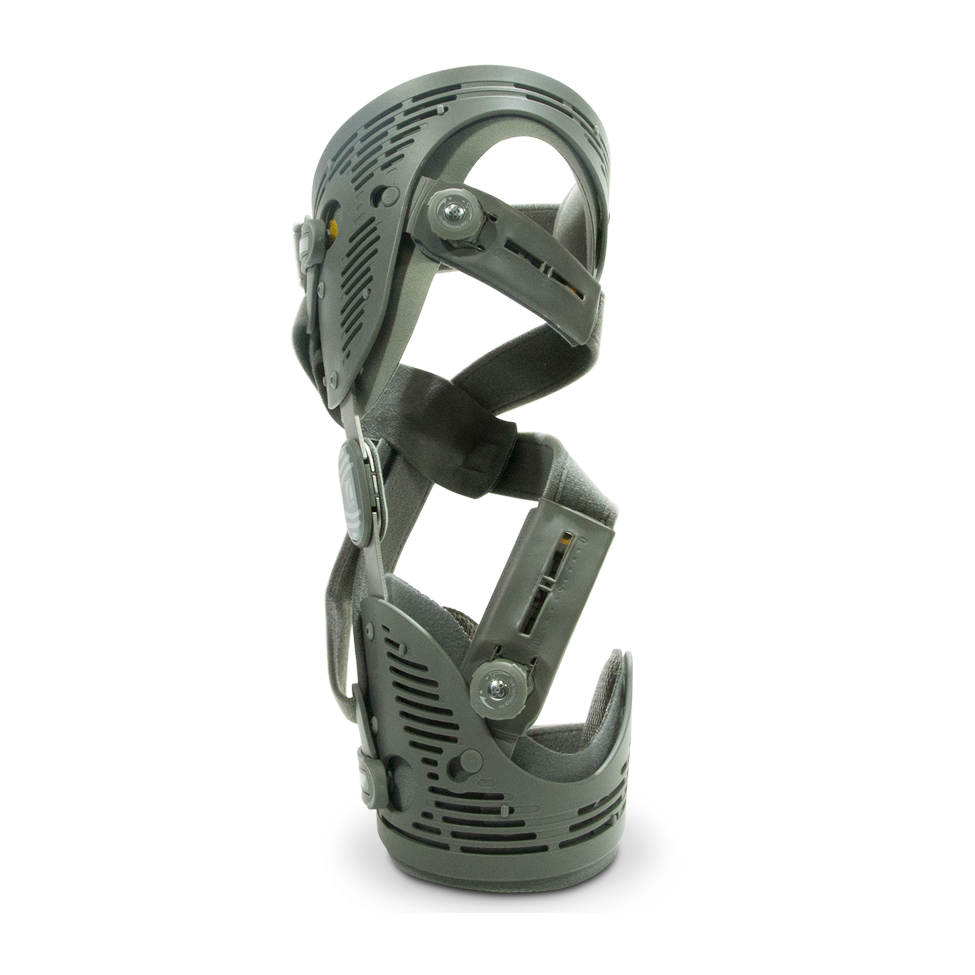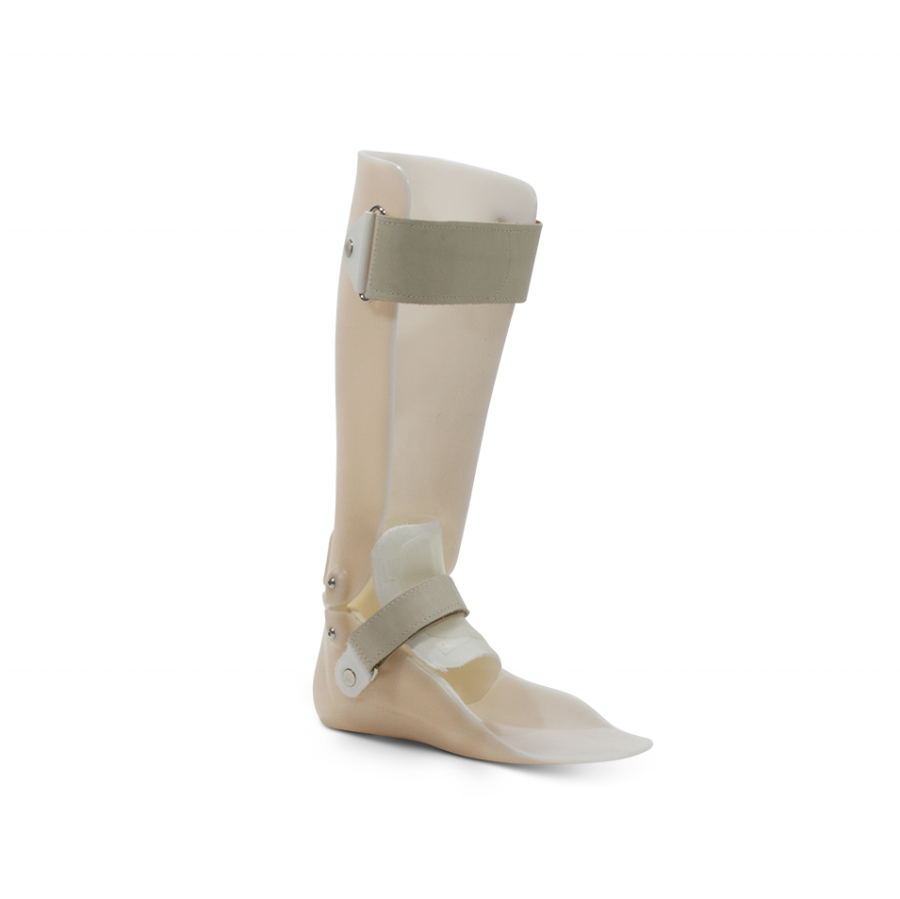There are different kinds of orthotic devices
for different kinds of conditions
We provide custom-designed and ready-to-wear braces and splints to provide
the best possible fit, function and appearance for the end user.
Orthosis comes from the Greek word ortho, which means “to straighten” or “correct”. There are many different types of orthotic devices, all made with slight variations geared to helping people with specific mobility challenges.
Generally, an orthotic is named for the section of the body it supports. For example, a brace that supports the knee joint is called a knee orthosis (KO). Those designed to support or align and the ankle and foot are called ankle foot orthoses (AFOs). And so on.
An Orthosis May be Used to:
Enhance function
Improve balance to provide a stable base of support when standing and walking
Reduce weight-bearing forces on part of lower limb
Reduce energy demands, resulting in less fatigue
Support a muscular weakness to increase stability and provide rest and support for weakened structures
Correct, prevent or accommodate an unusually positioned body part/body alignment
Prevent contractures
Distribute pressure and/or relieve unwanted pressure
Decrease pain and/or inflammation
Promote healing by offloading weight from a joint or body part
Stabilize joints
Compensate for a leg length discrepancy
Aid in the rehabilitation process for such things as post-surgical treatment, fracture stabilzation, and provide serial casting after Botox® injections
Head
These orthoses may be used to correct the shape of the skull in children, or provide protection from self-injury behaviour, falls or post trauma.
Learn more.
Elbow
These braces are used
to assist or prevent
bending of the elbow.
Learn more.
Hip
Hip orthoses can be used
for a variety of specific needs to aid in positioning the hip.
Learn more.
Shoe
Shoes can be modified in various ways including lifts to accommodate leg length differences and buttresses to support an unstable ankle.
Neck
These braces are used to provide support to the neck and head and prevent unwanted movement.
Learn more.
Hand
Also called splints, these braces may be used to stabilize or re-position the thumb or fingers while allowing the wrist to move.
Learn more.
Knee
Knee orthoses (KOs)
can provide pain relief, increase joint stability
and function.
Learn more.
Shoulder
These braces are used to provide stability and support to the shoulders to promote healing and/or reduce pain.
Learn more.
Wrist
These braces are used
to support or limit motion
in the wrist, while allowing the fingers to move.
Learn more.
Foot
Commonly known as insoles, foot orthoses help support foot structure, offload areas of high pressure, and improve gait.
Learn more.
Spine
These braces are used to stabilize the spine and/or reduce pain.
Learn more.
Finger
Commonly called splints, these devices align the joints of the affected fingers to promote healing and increase function.
Learn more.
Ankle
These are supportive
braces that help stabilize the foot and ankle.
Learn more.





























